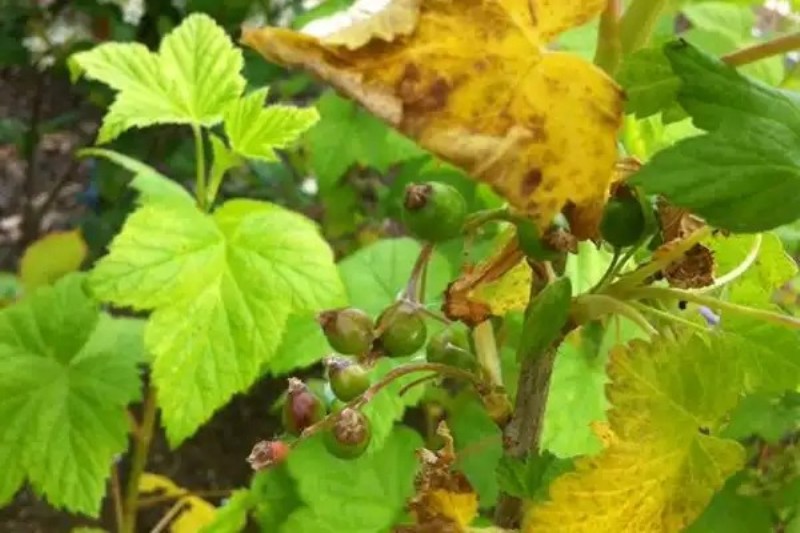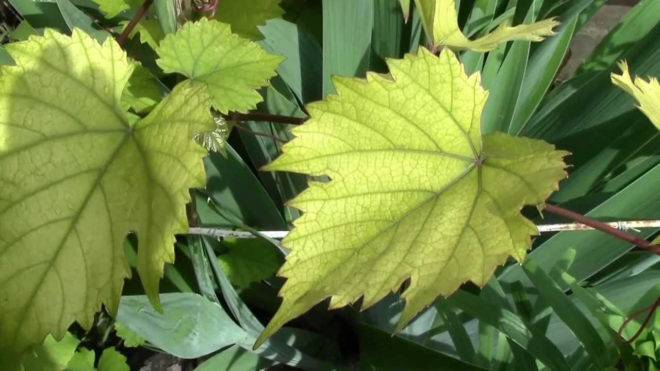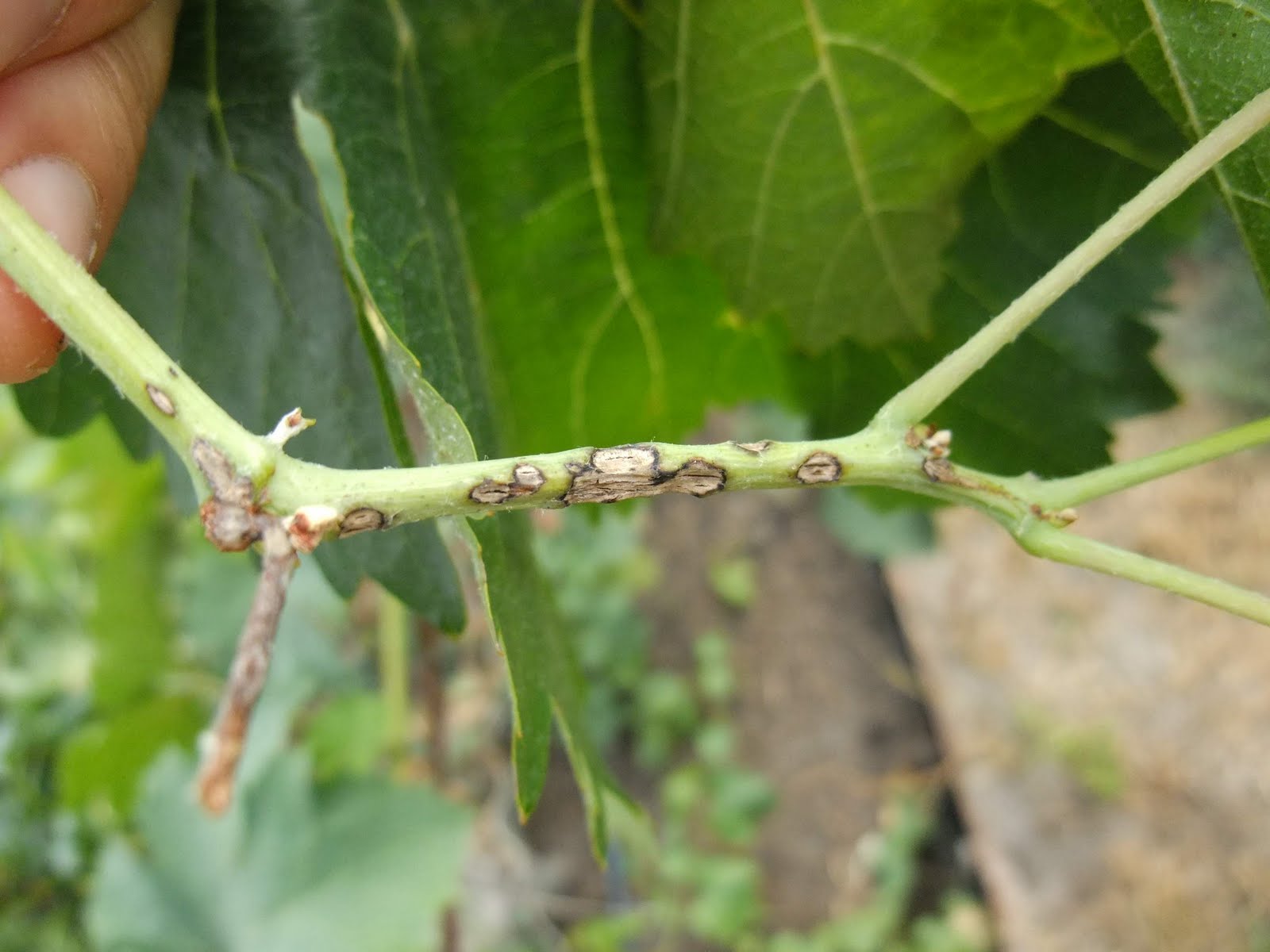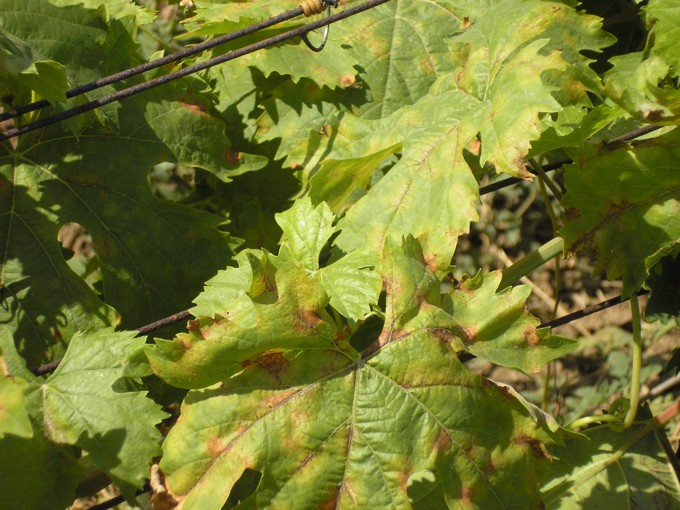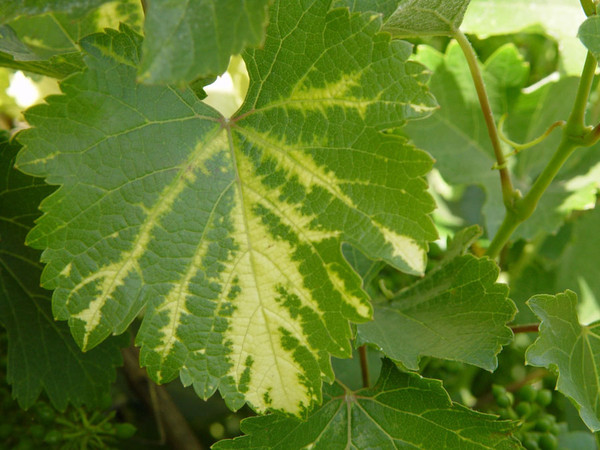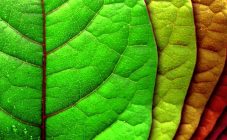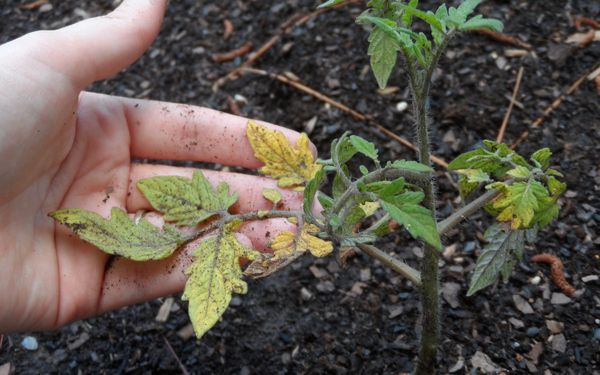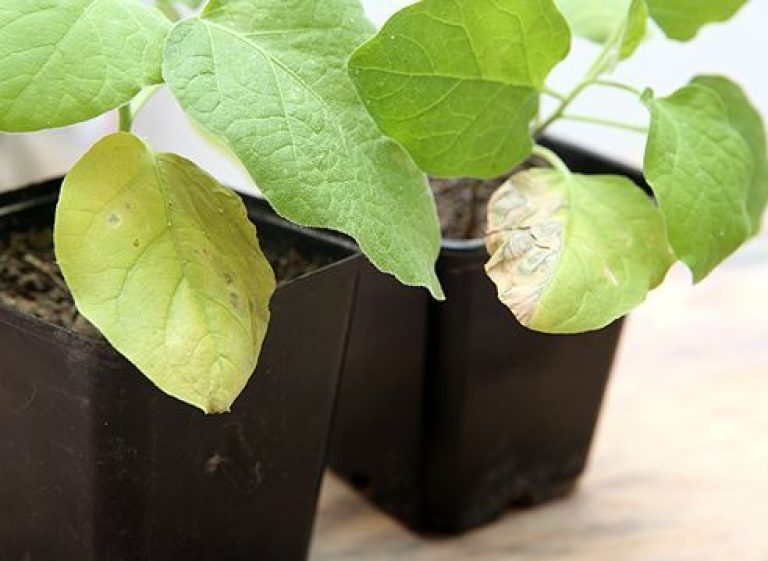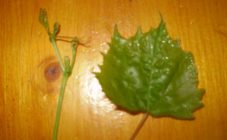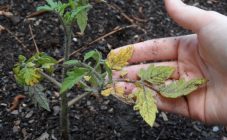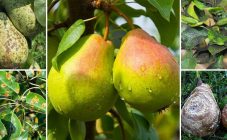Content:
Grapes have long ceased to be only a southern culture. They began to grow it in regions with a cooler climate, for example, in the Moscow region in the Urals and even in the Trans-Urals. It is known that the leaves on grapes are a kind of beacon, so it's worth figuring out why the leaves of grapes turn yellow. After all, if the cause is not eliminated at an early stage, you can lose the entire plant. To eliminate the cause, you need to know as much as possible about grape diseases.
Why do leaves change color
First of all, the leaves of the grapes can report inadequate irrigation. If the green mass of the shoots drops, this indicates that there is enough moisture, watering is correct. When the leaves rise, this is a sign of moisture deficiency. If the plant is not watered, the leaves will stop growing and the yield will noticeably decrease. So with a deficiency of a particular nutrient, the grape leaf changes its color and can be light green, yellow or brown.
With a lack of nutrients, the color of the foliage immediately makes it clear what the plant lacks.
If in grapes quickly, over a decade, the leaves turn initially light green and then yellow, this effect is called chlorosis. It develops when the leaves cannot produce chlorophyll. A lot of carbon dioxide and hydrogen sulfide is formed in the leaves and the plant is not able to process them, the leaves first brighten, and then turn yellow.
There are many reasons for the occurrence of chlorosis on grapes:
- Deficiency or excess of micronutrients;
- Soil salinity;
- Root fungus;
- Climate;
- Infections.
Nutritional deficiency symptoms
Nitrogen deficiency
Often a novice gardener looks at his grapes and does not understand why the vine turns pale, why the grapes have light green leaves. The answer is simple: the plant lacks nitrogen. If a grape bush receives less nitrogen, it begins to grow more slowly, and young shoots may die off altogether. The foliage becomes pale green in color and becomes smaller, the leaf petiole becomes reddish. Berry clusters develop worse. If the plant has enough nitrogen, the shoots grow with unfolded crowns, long antennae, and the leaf unfolds like a boat.
Phosphorus deficiency
Phosphorus deficiency in the vine manifests itself immediately after the formation of shoots, the vine slows down very noticeably, the inflorescences begin to fall off. Shoots and roots grow more slowly. The leaves grow small, dark green, the edges curl up, or even curl. Purple designs appear on the leaves. Flowers begin to crumble, the yield decreases noticeably.
Potassium deficiency
Potassium deficiency will be noticeable in late summer. The leaves become thin, light green, with a dark yellow, almost brown border along the edge. If the load of the crop on the bush is large, mass browning of the leaves is possible, especially for colored grapes, and for light-colored berries they turn yellow.
Iron deficiency
If the leaves turn very yellow, and the veins remain green, no new leaves are formed or very few grow, all this indicates an iron deficiency.This disease is called chlorosis.
Manganese deficiency
Manganese deficiency also manifests itself in the form of yellowish spots on the grape leaf, while the veins and the leaf edge remain green.
Zinc
Zinc deficiency manifests itself in the same way as iron deficiency. Yellowing is observed on the leaves, they grow small.
Boron
Boron is responsible for the formation of different parts of the grape bush such as roots, sleeves, inflorescences, berry formation, and berry sweetness. Helps the plant cope with temperature changes. With a deficiency of this element, the grape leaves turn yellow, the development of inflorescences slows down, and the berries have strong peas. One of the direct indicators of boron deficiency is vine tissue necrosis.
Surplus batteries
Not only the deficiency of elements is bad for the development of grapes, but also the surplus.
Nitrogen
If there is an excess of nitrogen in the soil, the green mass develops strongly: leaves, shoots. Whereas fruiting organs do not develop. Although the shoots grow very quickly, their quality decreases. Due to the looseness of the tissues, they ripen poorly, and tolerate wintering worse. The harvest does not ripen for a long time, the berries grow large, but not sweet, watery. The plant becomes susceptible to diseases and pests.
Phosphorus
If a plant has a lot of phosphorus, nitrogen, boron and zinc are poorly absorbed, heavy metals accumulate.
Potassium
We applied a lot of fertilizers and the grapes turn yellow, what to do
It is urgent to water the plant, and a lot of water must be used, about fifteen liters per square meter. With the help of abundant watering, mineral additives from the upper layer will be washed into the lower layers of the soil. If the vine is young and small, then transplanting to another place will help, you can dig up the plant, put another soil in the hole and plant it back.
Infections and fungal diseases
With many fungal diseases, grape leaves turn yellow at the beginning of summer, which every grower should know to do.
Mildew
Yellow spots appear on the leaves of grapes (on the outside of the leaf), and soon a "white fluff" appears on the inside - foci of fungi. The same lesions are obtained on all green parts of the vine. If the grapes survive, they will be unfit for eating or making wine.
Infectious chlorosis
Infectious chlorosis (yellow mosaic) occurs in two cases:
- An infected scion was used;
- Damage by nematodes.
It manifests itself, like other types of chlorosis, in the form of yellowing of foliage in spring and early summer, the leaf begins to dry and eventually disappears. After the onset of warm days, the color of the proper color can return, but an experienced grower cannot be fooled by this, he realizes that the plant is ruined. The shoots will still grow incorrectly, peas are observed in the clusters. The bush must be eliminated as quickly as possible, there will be no sense from it, but it can infect the vineyard.
Fusarium
This is another grape disease in which yellowness forms on the leaves at the beginning of summer. By the end of June, the leaves have almost completely turned yellow. Grapes get sick with Fusarium, if the weather in May is damp and cold. After warm days are established, the green color may return, but the berries will not recover, they will be small and light tones, later the whole plant may die.
Prevention and treatment
For the prevention of a non-infectious form, it is necessary to maintain a certain acidity in the soil. Also, many gardeners engaged in viticulture plant alfalfa, clover or cereals near grapes, all these crops do not allow the iron to be washed out during frequent rains, and of course, thanks to them, the composition of the soil improves.
It is very good for the prevention of chlorosis to spray grape bushes with a solution of ferrous sulfate. It is necessary to process the bushes four times per season:
- After the first leaves bloom;
- Shortly before flowering;
- When the fruits begin to ripen;
- After the harvest has been harvested.
It is necessary to feed the plant with nutrients during the time.
If chlorosis has already appeared, it is necessary to process the vine with iron sulfate every week. Harrowing of the soil with the addition of potash fertilizer also helps.
Iron chelate helps in the fight against chlorosis.
Fight against infectious chlorosis
Infectious chlorosis cannot be treated. The plant must be removed immediately and burned. For the sake of prevention, the same iron sulfate is used. Every month the plant is treated with a 0.5% solution of this substance.
Folk remedies for disease and pest control
Garlic broth (75 g per ten liters of water) or horsetail helps well with mildew. It is necessary to irrigate the bushes with any of the decoctions. He does not like this fungus and the smell of dill, which is planted around the grapes. Foliar treatment of the vine with an infusion of wood ash is good for mildew. Insist a liter of ash for a week in a bucket of water, add 50 g of laundry soap to the hood and spray the bush from a spray bottle every week. Such processing also has a beneficial effect on the ripening of grapes and contributes to the greater sweetness of the fruit.
Treatment with a soda solution also fights very well against fungi and pests, and also contributes to the accumulation of sweetness in the berry.
Any disease is better prevented than cured. It is necessary to closely monitor the vineyard in order to notice the problem on time and use less chemicals.
